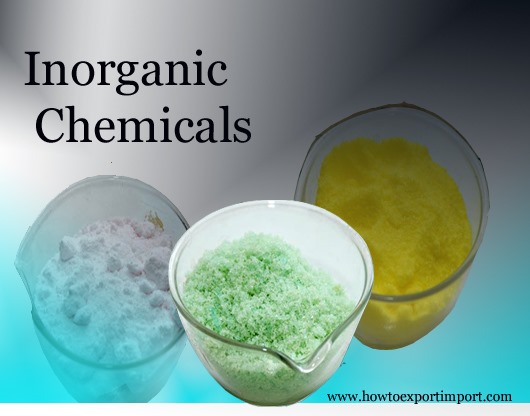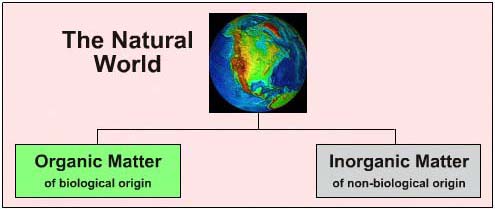


Unusually large doses of inorganic arsenic can cause symptoms ranging from nausea, vomiting, and diarrhea to dehydration and shock. These forms of arsenic are considered to be non-toxic or considerably less toxic than inorganic arsenic. Other sources of inorganic arsenic exposure include contact with contaminated soil or dust, or with wood preserved with arsenic compounds.Įxposure to organic arsenic compounds happens when people eat seafood. People can also be exposed to inorganic arsenic by eating such foods as rice and some fruit juices. This is especially true in areas with water sources that naturally have higher levels of inorganic arsenic. People are most likely exposed to inorganic arsenic through drinking water. Today laws restrict using arsenic-containing pesticides, wood preservatives, and medicines. People also used them as wood preservatives and as a treatment for a variety of ailments. In the past people used inorganic forms of arsenic in pesticides and paint pigment. Organic arsenic compounds exist mainly in fish and shellfish. These compounds occur either naturally, or as a result of mining, ore smelting, or when using arsenic for industrial purposes.


Inorganic arsenic compounds are in soils, sediments, and groundwater. Lead i.Arsenic, a naturally occurring element, can combine with either inorganic or organic substances to form many different compounds. Terracotta and Low Fired Terrasigilata d. Historic or common usage also contributes to the groupings since much conservation is focused on art objects and historic artifacts.Ī. Some follow scientific taxonomies, but fabrication method, source, and location may also play a role. These categories are not precise or rigidly adhered to, but do give a sense of what factors may be involved. The following outline describes categories of inorganic materials that a conservator might use in determining condition or treatment strategies. Inorganic materials are generally derived from non-living sources, such as rocks or minerals, and encompass such categories as glass, ceramics, and metals. Publication does not endorse or recommend any treatments, methods, or techniques described herein. CAUTION: The Objects Group Wiki pages are published for the members of the Objects Specialty Group.


 0 kommentar(er)
0 kommentar(er)
